Surgeonfishes and Unicornfishes
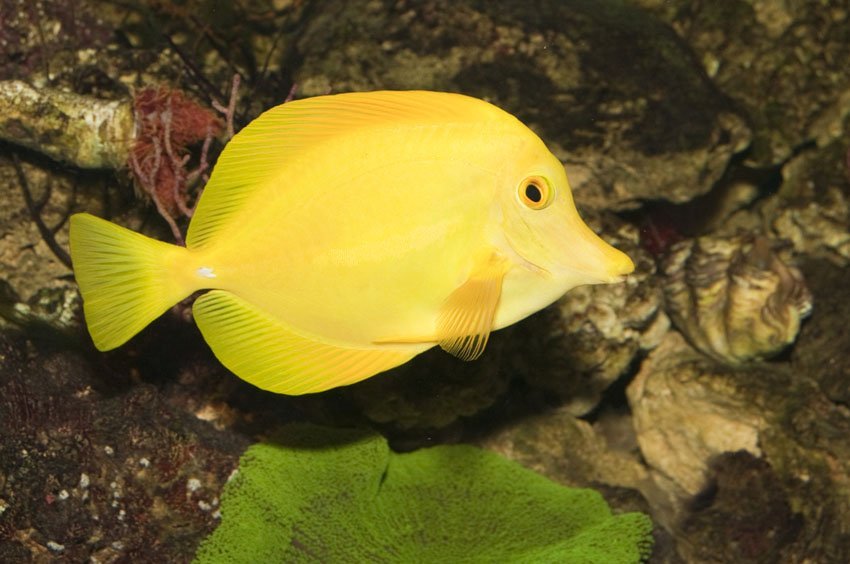
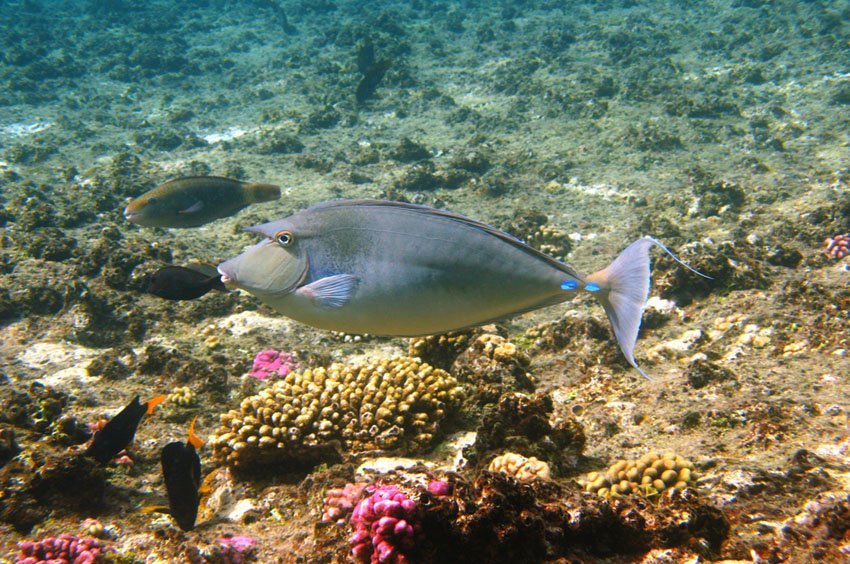
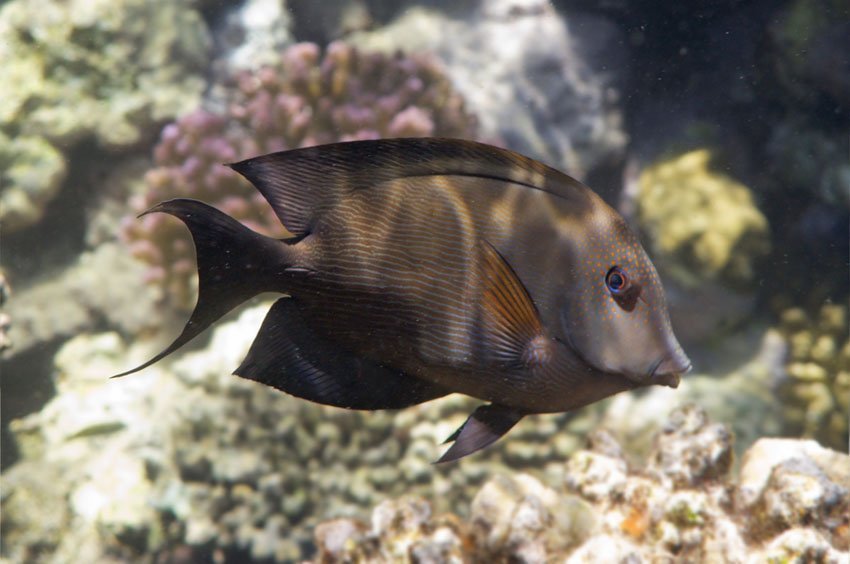
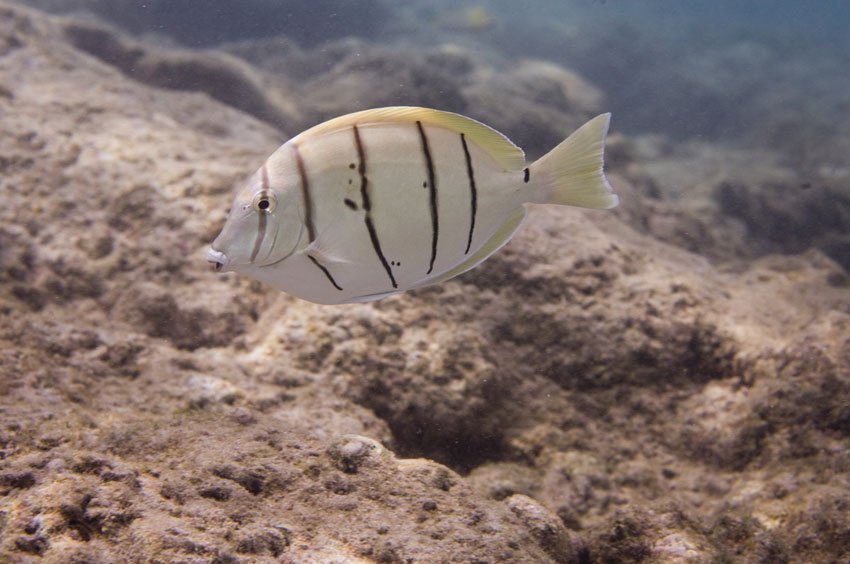

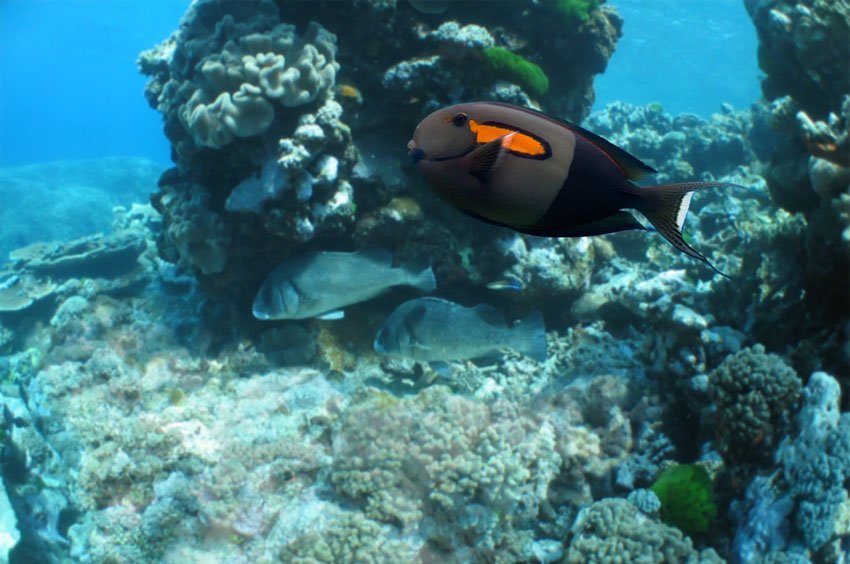
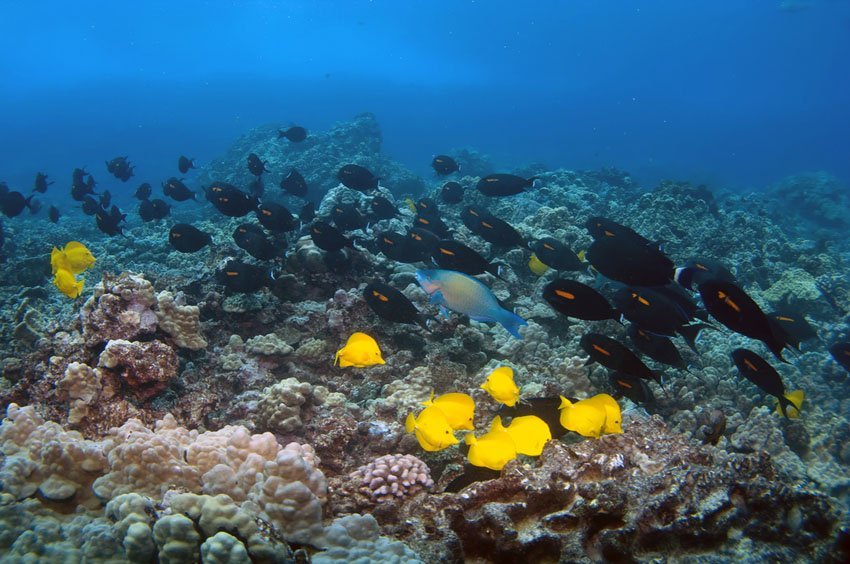
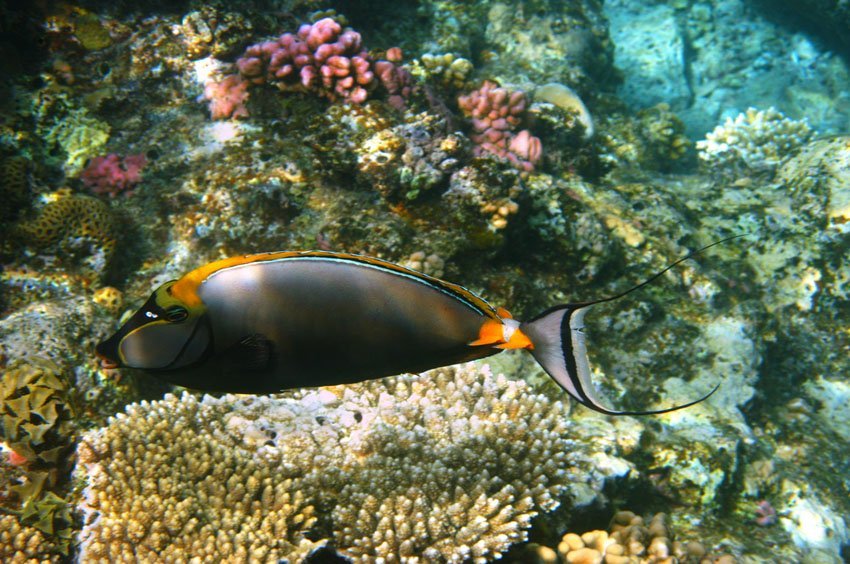
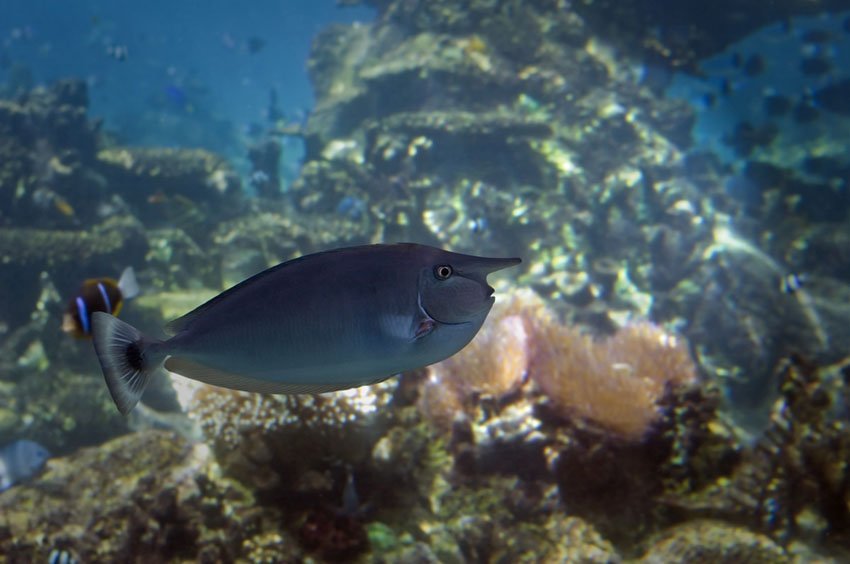
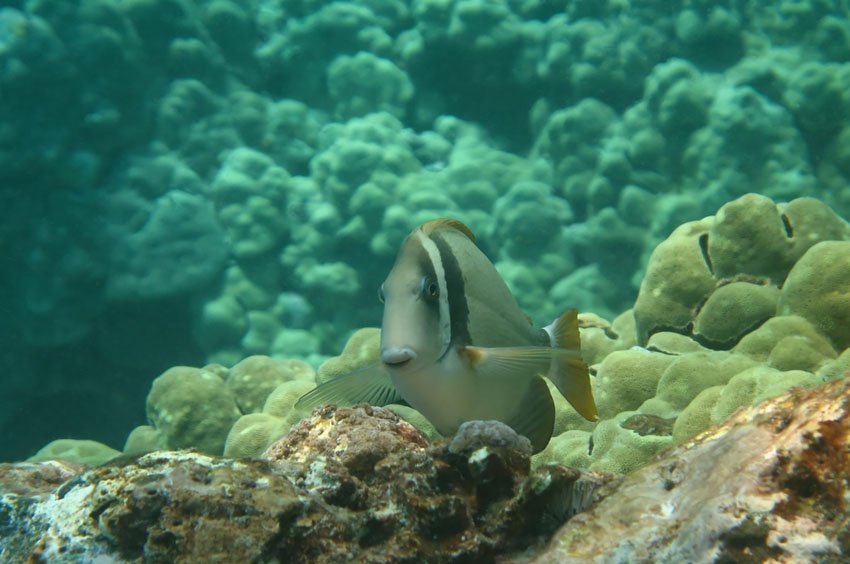
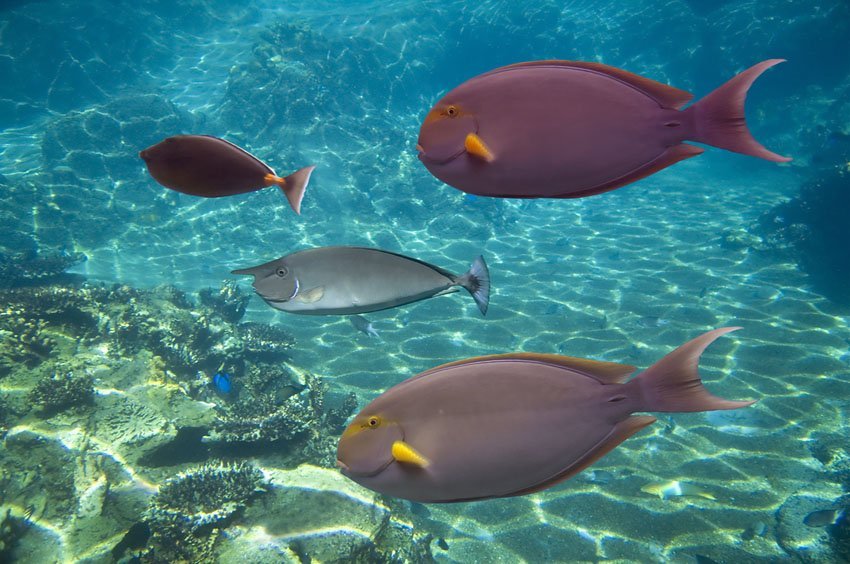
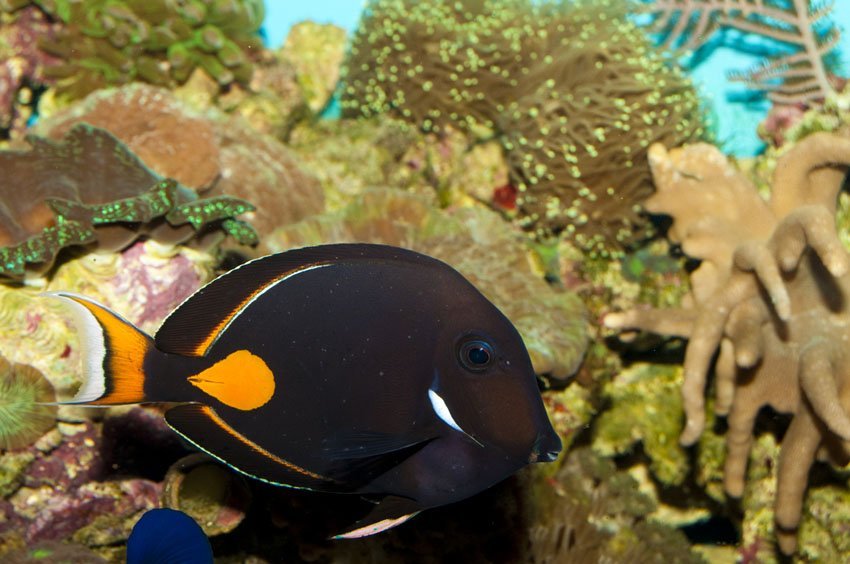
Surgeonfishes and Unicornfishes (Acanthuridae) Overview
Surgeonfishes and unicornfishes are some of the most common fishes on Hawaii's reefs. They usually have oval or oblong bodies with eyes located high on their heads. Most surgeonfishes are herbivores. They scrape algae from rocks and corals with their small mouths. Some surgeonfish species feed on organic matter on the ocean bottom. Unicornfishes are typically plankton eaters.
Surgeonfishes are characterized by their two forward pointing spines at the base of their tales. These “scalpels” are razor sharp and cause a painful cut when touched. But they pose the most danger to fishermen trying to remove surgeonfish from a net or spear. They don't pose as much danger to snorkelers and divers.
Unicornfishes on the other hand have rigid bony keels instead of scalpels, which are also very sharp. Some unicornfish species also have a horn on the forehead.
Unicornfishes are known as kala (meaning “thorn”) in the Hawaiian language. There is no general name for surgeonfishes. There are 23 acanthurid species in Hawaiian waters, of which one is endemic.
Frequently Asked Questions
Why are surgeonfishes named that way?
They are named for the sharp, scalpel-like spines on either side of their tail, which can cause painful cuts - especially to fishermen handling them improperly.
What is the difference between surgeonfishes and unicornfishes?
Unicornfishes often have a rigid horn on their forehead and lack the tail scalpels found in surgeonfishes. They also feed more on plankton, while most surgeonfishes are algae grazers.
Are these fish dangerous to snorkelers?
No, while they have sharp spines or keels, these fish are not aggressive and pose little danger unless handled. They are safe to observe while snorkeling or diving.
What do surgeonfishes eat?
Most surgeonfishes are herbivores and feed on algae scraped from rocks and coral surfaces. A few species also consume organic debris from the seafloor.
What are some common species in Hawaii?
Notable species include the yellow tang, convict tang, Achilles tang, orangespine unicornfish, and paletail unicornfish - many of which are seen frequently on Hawaii's reefs.








